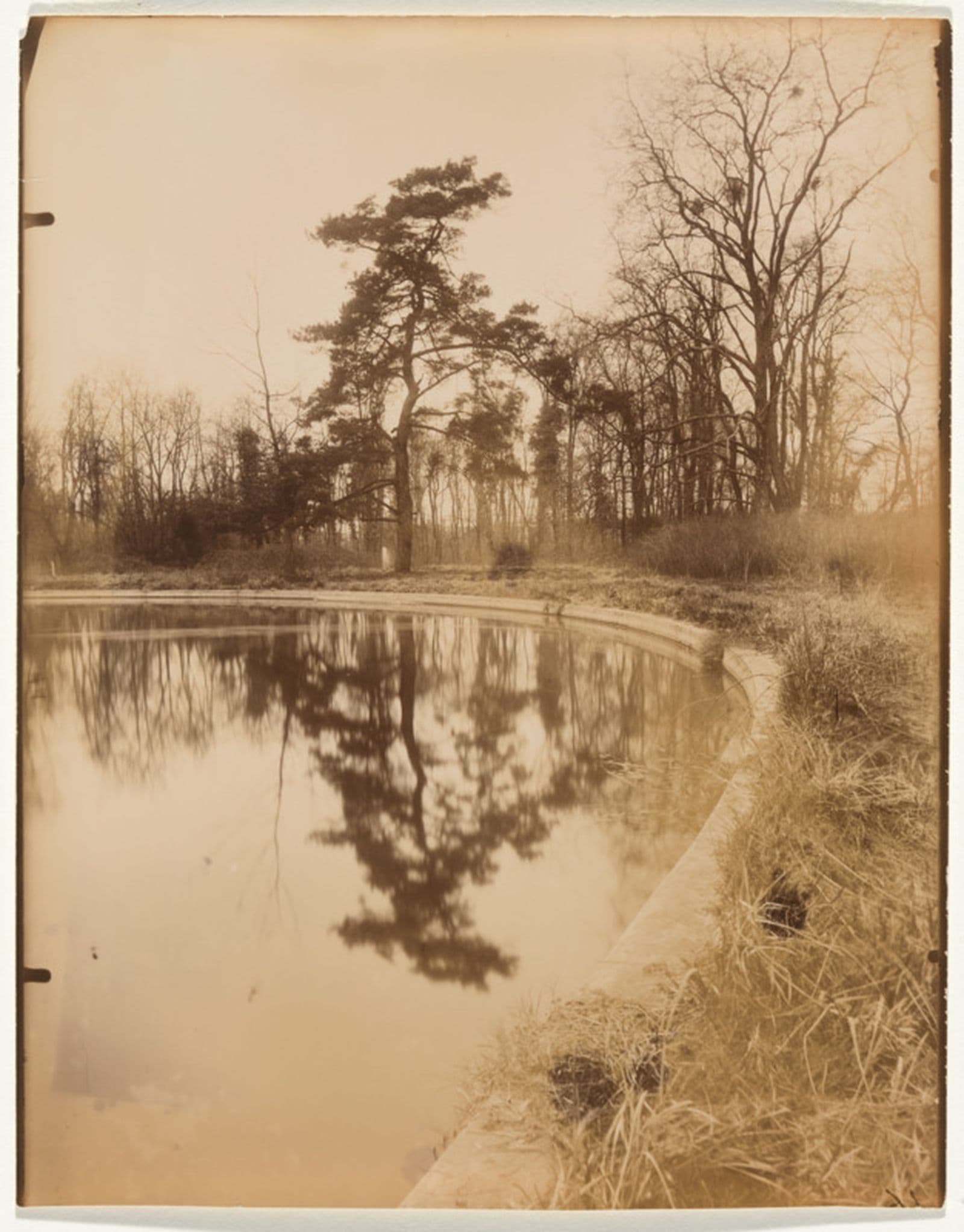International Photography 1920 – 1980
10 Nov 1982 – 30 Jan 1983

Eugene Atget, Parc de Sceaux., (c. 1925), National Gallery of Australia, Kamberri/Canberra, Purchased 1980.
About
The National Gallery's policy for photography, briefly, is to represent the work of major artists in the history of the medium, and to build an historically representative Australian collection.
The Gallery began collecting photography intermittently from 1973, concentrating in the late 1970s on portfolios of work by international and especially American photographers. From 1980 emphasis has been given to broadening the collection with, for example, more nineteenth century photography, experimental photography of the 1920s and Central European material.
The international collection is strongest in twentieth century American photography, with the 1970s, in particular, widely represented. There are also substantial holdings of work by a number of European photographers.
Curatorial Introduction
International Photography 1920–1980
The period covered extends from the New Photography of the modernist, post-pictorial era to the diversity of the contemporary scene.
By 1920 photography had a rich and varied history from myriad documentary applications and technical advances through the rise and decline of Pictorialism, photography’s first art movement.
Accordingly much pictorial photography imitated traditional art media, such as lithography and etching, while drawing stylistically on Impressionism, Symbolism, and Art Nouveau. The photographs of E.O. Hoppé and Doris Ulmann, with their velvety tones and soft focus, show the lingering influence of Pictorialism.
After the First World War, however, the idealised notions of Truth, Beauty and Nature on which the movement was based no longer commanded widespread support, and more varied and objective approaches seemed necessary. This feeling gave rise to the New Objectivity movement in Germany in the 1920s, a notable member of which was Albert Renger-Patzsch, and to the philosophy of 'straight' (sharp-focused, unmanipulated) photography as developed in the United States by Edward Weston, Ansel Adams and Imogen Cunningham.
The great documentary projects of August Sander continued during the same period, and the work of Atget, overlooked in the pictorialist era, was rescued from obscurity by Berenice Abbott.
The development of small, lightweight cameras in the 1920s tied in with the new mood to foster an informal style of documentary photography in the 'human interest' genre. This dominated European photography for several decades thereafter. A precursor of this mode was J.H. Lartigue, and important exponents included André Kertész, Brassai and Henri Cartier-Bresson. The British photographer Bill Brandt also began in this tradition, but later adopted a more personal and surrealistic style.
The documentary approach took firm root in the depression of the 1930s, asserting social utility over more formalist and aesthetic considerations. The F.S.A. (Farm Security Administration) project in the United States was an attempt to document both the plight of poor Americans during the depression years and government efforts to help them. The photographers involved included Arthur Rothstein, Ben Shahn and Walker Evans.
Between the two World Wars photography became the main medium of visual culture. Photojournalism took on a new urgency with the rise of Fascism and the onset of war in Europe. It also gained new dimensions of meaning, with photographers like W. Eugene Smith using traditional visual cues for compassion and heroism in their work.
The post-war era was dominated by American photography, the style and content of which was conditioned significantly by Robert Frank, who stamped a sour, edgy vision on the tradition extending back through Walker Evans. The work of Diane Arbus, expressing a vision of life as a freak-show, also proposed a profound alternative to the more social and formal concerns of earlier photography.
Photojournalism was eclipsed by television during the 1960s, As photography began to move away from the wide audience it had reached through picture-magazines it began to flower as an art medium. Notable figures active in the United States during the 1950s and 1960s include Harry Callahan, Aaron Siskind and Minor White, with Lee Friedlander emerging as a significant photographer towards the end of that period.
The contemporary scene reveals a wide variety of technical approaches, from the fine print (for example the work of Paul Caponigro) through the use of instant photographic materials (Robert Fichter) to the use of hand colouring and mixed media (Benno Friedman); and in content, from charting the social landscape (Robert Adams), through the diaristic and directorial (Duane Michals) to plays on visual illusion (John Pfahl). The use of colour materials is widespread, following the remarkable achievement of William Eggleston, Stephen Shore and others in introducing colour to the Walker Evans/Robert Frank/Lee Friedlander tradition.
The trend which developed during the late 1970s towards the manipulated, multi-media or 'stage directed' image was an indication that photography had merged with the wider range of visual art activity, as it had sought to do in the pictorialist era.
This embrace was initiated not so much by photographers as by artists trained as sculptors or painters, like Hamish Fulton and Jan Dibbets, who adopted photography from the later 1960s onwards primarily as a medium for conceptual art or performance documentation.
Photography emerged from its ghetto to blend with the wider art world during the same decade. Dissatisfaction with formalism in painting and sculpture lent it impetus, as photography seemed to be a democratic medium with a low cost product, concerned at least partly with the everyday world of visual reality. Teaching programmes, art-market activity and critical writing about photography increased markedly during the 1970s in the United States, Australia and Europe.











